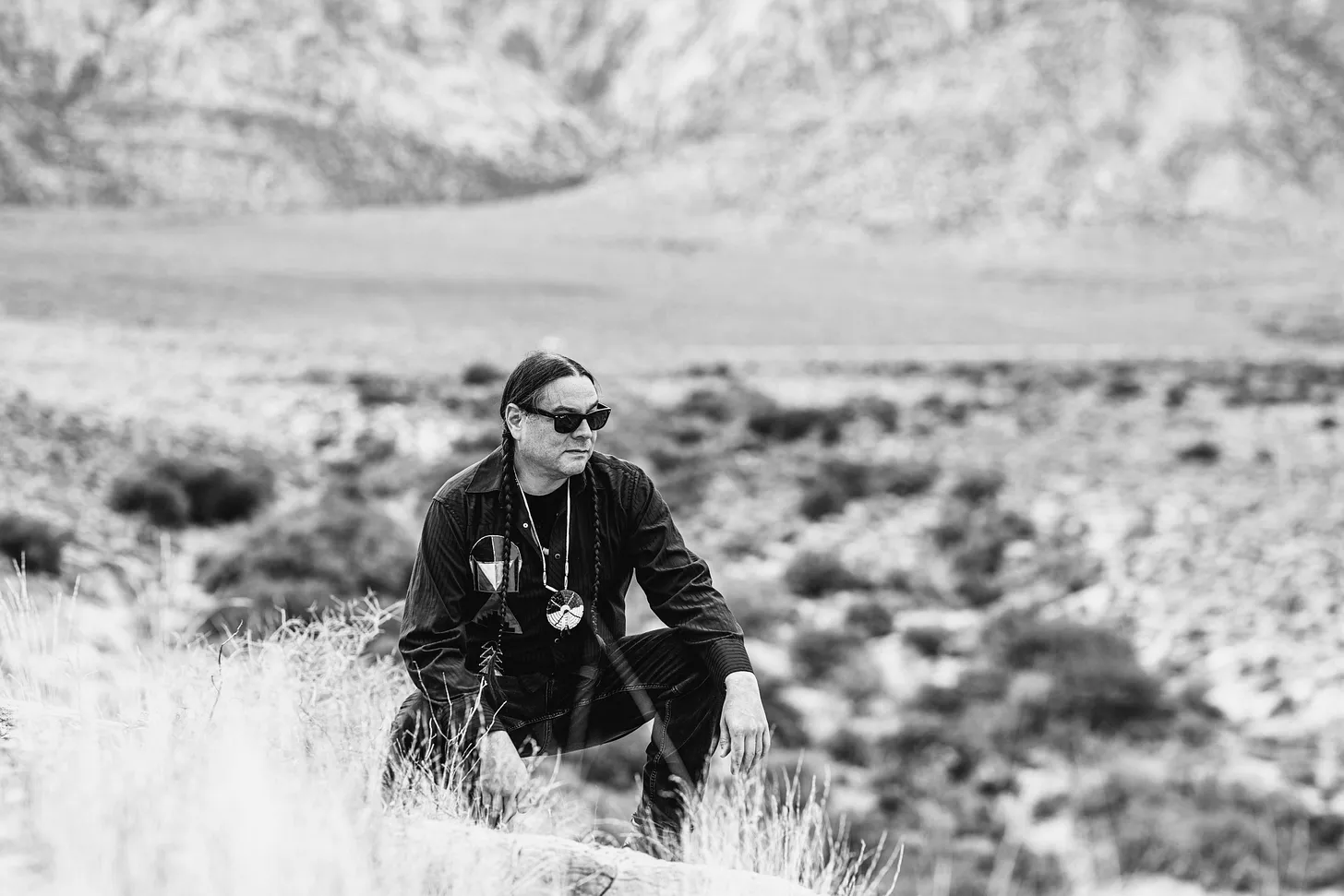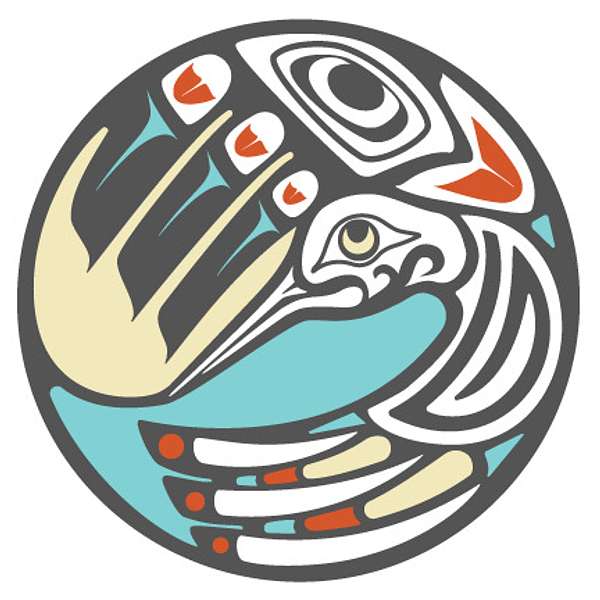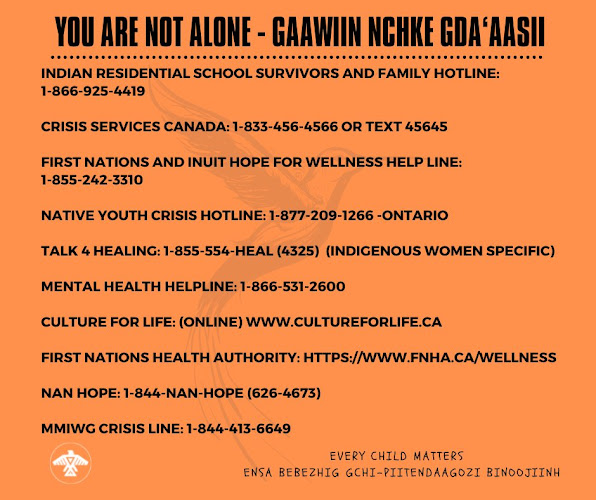Why many Native Americans have concerns about DNA kits like 23andme
The genetic sequencing company 23andMe recently tapped into its vast bank of data to release a study on genetic origins, producing the biggest genetic profile of the United States ever conducted—big, but nowhere near complete.
Out of more than 160,000 genomes, only 3
percent of 23andMe customers who authorized their data for the study
were black, compared with the approximately 14 percent of the United
States population who identifies as such. And while the paper traced
what percent of white, black, and Latino customers’ ancestry led back to
Native Americans, there were no users, as far as the paper reported,
who self-identified as native people.
There are a lot of reasons for this. The
service isn’t free, and not everyone wants—or can afford—to shell out
$99 to learn about their ancestry. But when it comes to Native
Americans, the question of genetic testing, and particularly genetic
testing to determine ancestral origins, is controversial.
In the past decade, questions of how a person's
genetic material gets used have become more and more common.
Researchers and ethicists are still figuring how how to balance
scientific goals with the need to respect individual and cultural
privacy. And for Native Americans, the question of how to do that, like
nearly everything, is bound up in a long history of racism and
colonialism.
* * *
In many ways, the concerns that Native Americans have with genetic testing are the ones most people have: Who will be using this data, and for what?
Today, DNA can tell us a little about a lot of
things, from disease risks to ancestral history. But ultimately it’s
pretty limited. In fact, 23andMe was recently chastised by the FDA,
which claimed the company was overselling the predictive power of their
test for medical use. But in the future, that same little sample of DNA
could be used for purposes that haven't even been dreamed up yet.
People might be okay with their DNA being used to research cures for
cancer, or to explore their own genetic history, but balk at it being
used to develop biological weapons or justify genocide.
These are questions that anyone who gives their genetic material to scientists has to think about. And for Native Americans, who have witnessed their artifacts, remains, and land taken away, shared, and discussed among academics for centuries, concerns about genetic appropriation carry ominous reminders about the past. “I might trust this guy, but 100 years from now who is going to get the information? What are people going to do with that information? How can they twist it? Because that’s one thing that seems to happen a lot,” says Nick Tipon, the vice-chairman of the Sacred Sites Committee of the Federated Indians of Graton Rancheria, an organization that represents people of Coast Miwok and Southern Pomo descent.
Another reason many tribes struggle with a
scientist asking for a DNA sample involves the DNA collection process.
Namely, that it requires removal of some piece of the body. In the
living, this may seem simple: a swab of the cheek or a quick blood
sample. But for scientists who want to study historical DNA, they have
to remove a piece of the dead body. It’s a small piece, but DNA analysis
is almost always destructive. This, again, isn’t a specifically tribal
issue, as Tipon points out. “How would current people feel if their
great-great-grandfathers were dug up and their bones were destroyed
during testing to prove a theory?” he asked. “Rest in peace means
forever, not to be disturbed, not to be studied, unless they consented
to that.”
Some of the questions geneticists seek to
answer are also provocative among Native Americans. The first is the
issue of migration: Where did different people come from? Who colonized
the United States first? Where did they go once they arrived? These are
questions that archaeologists and geneticists are really interested in
because they help paint a picture of how migrations patterns occurred in
the United States before white settlers arrived, and how European
settlement changed things.
But
figuring out where your ancestors came from becomes complicated when it
entails a legacy of exclusion of displacement. Tribes each have
important cultural histories, that include their origin stories. Many of
their histories say that the tribe came from the land, that they arose
there and have always lived there. And many of them have more modern
histories that include white settlers challenging their right to live
where they did.
So to many tribal people, having a scientist come in
from the outside looking to tell them where they’re “really” from is not
only uninteresting, but threatening. “We know who we are as a people,
as an indigenous people, why would we be so interested in where
scientists think our genetic ancestors came from?” asks Kim Tallbear, a
researcher at the University of Texas at Austin, the author of Native American DNA: Tribal Belonging and the False Promise of Genetic Science, and a member of the Sisseton-Wahpeton Oyate tribe.
Tallbear says that from her perspective,
researchers offering to tell tribes where they’re from doesn’t look any
different than the Christians who came in to tell them what their
religion should be. “Those look like very similarly invasive projects to
us,” she said. Tribes haven’t forgotten the history of scientists who gathered native skulls
to prove that native people were less intelligent, and thus less
entitled to the land they lived on than the white settlers. To them,
these genetic questions of origin look pretty similar.






















No comments:
Post a Comment
Please: Share your reaction, your thoughts, and your opinions. Be passionate, be unapologetic. Offensive remarks will not be published. We are getting more and more spam. Comments will be monitored.
Use the comment form at the bottom of this website which is private and sent direct to Trace.